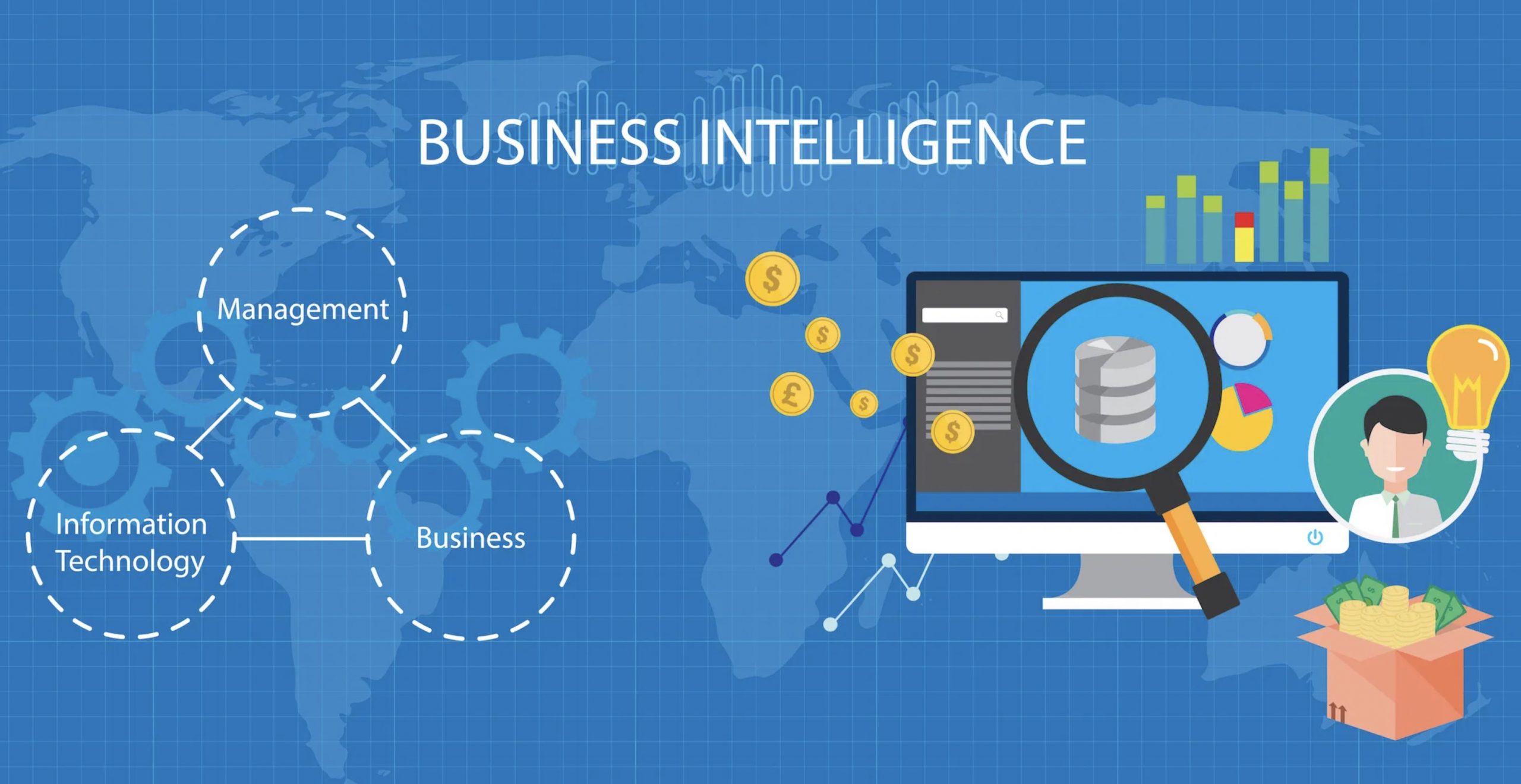When we think of business intelligence, we generally imagine big corporations and data analysts working in fields such as IT, technology, transport, healthcare and finance. So you might be surprised to hear that the concept is now starting to be applied to the art world, an area that many might not think generates a huge amount of data or necessarily have profit as its top consideration. Read on to find out how business intelligence is being used in the art world and what benefits it could bring.
What is business intelligence?
Let’s start at the beginning. These days data is being produced and collected at an astounding rate in all areas of our lives, but on its own this data is often of little use. This is where business intelligence tools come in. They help companies to harness the power of all that data by deriving meaningful insights from it. These can then be used to make smarter business decisions.
These tools give you access to data in real time resulting in opportunities to boost productivity and collaboration, and even identify new opportunities for your business. There are a huge variety of tools out there, so if you’re interested in finding out more, a company like Better Buys can help you to figure out which is most appropriate for you.
How does business intelligence apply to the world of art?
At first glance big data and art might not seem to fit together at all and there may even be strong resistance to the idea of combining them. However, recently people have been starting to realise that business intelligence could open up a whole realm of new possibilities for the art world and improve some of the processes it currently uses. Below are some examples to illustrate how.
Firstly, business intelligence could help us to measure the cultural value of art as well as its literal pricing. Data can be used to give a more complete view of the monetary value of a particular piece of art, but organizations could also draw on data from social media and user-generated sites to get a better idea of the intrinsic value that art undoubtedly brings to society. This could then be used to communicate the importance of art to funding bodies and other sponsors, as well as the general public.
Business intelligence could also help the art industry to connect with and better understand its audience. Organizations could use data to work out who their audience is and how to connect with them in exciting new ways. This in turn could enable the arts sector to experiment with innovative new business models, boosting resilience and diversifying their streams of income – all of which is particularly important in the current global situation.
As counterintuitive as it might initially seem therefore, big data and business intelligence could perhaps even help to encourage creativity. The intersection of data-driven decision making and the arts is still a relatively new area to explore, but it would appear that there is a lot of untapped potential here for cultural organizations to experiment with and benefit from.






